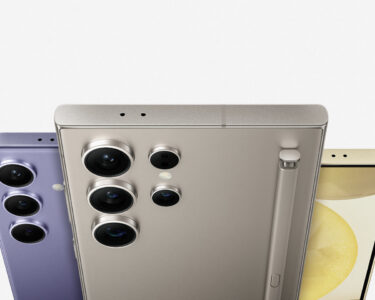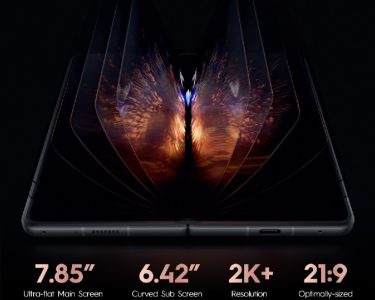The Senior Director of Product Management at Qualcomm Mr. Judd Heape, recently released a new interview with the a well-known technology blog website, Android Authority. In this interview she explained that the most important upcoming additions added on the upcoming Snapdragon chipsets. According to the Senior Director, the upcoming Snapdragon 865 will be the next flagship grade SoC by the US-Based giant, the new chipset will support Qualcomm’s very own HDR10 technology. Now if you didn’t know, HDR10 was initially produced by Samsung in collaboration with Amazon in 2017 and after the release, Samsung developed HDR10+ for even better image reproduction.
Must Read: OPPO’s two Reno lineup phones have been certified by 3C
It is now been revealed that the company is seemingly working on its own version of the HDR10+ which is set to debut along with the company’s next flagship chipset. Judd Heape referred to the new processor by calling it the Snapdragon 865, but she did not confirm whether the Snapdragon 865 will be the name decided in the end.If you think about it, SD 865 would be thenormal successor of the Snapdragon 855, but as nothingis confirmed as yet we may still be subject to some changes with the name of the new chipset. If you note, the Snapdragon 855 found on the latest flagships unveiled at the Mobile World Congress 2019 in Barcelona already carried support for the HDR10+, but that HDR10+ was Samsung’s version and not the one currently being developed by Qualcomm themselves.
So the new chipset is definitely going to be competing against the Samsung’s hardware, in addition to things, Judd Heape also talked about camera resolutions support of its their existing Snapdragon chipsets in the interview with AA. As you may already know , Qualcomm only recently updated the specifications sheet of several of there existing Snapdragon chipsets by adding the support to cameras for up to 192 Megapixels resolution. Judd explained that this entry in the specs sheet was not added before because the highest resolution mode does not support 30 fps and 60 fps, as well as multi-frame noise reduction and zero shutter lag technology.




